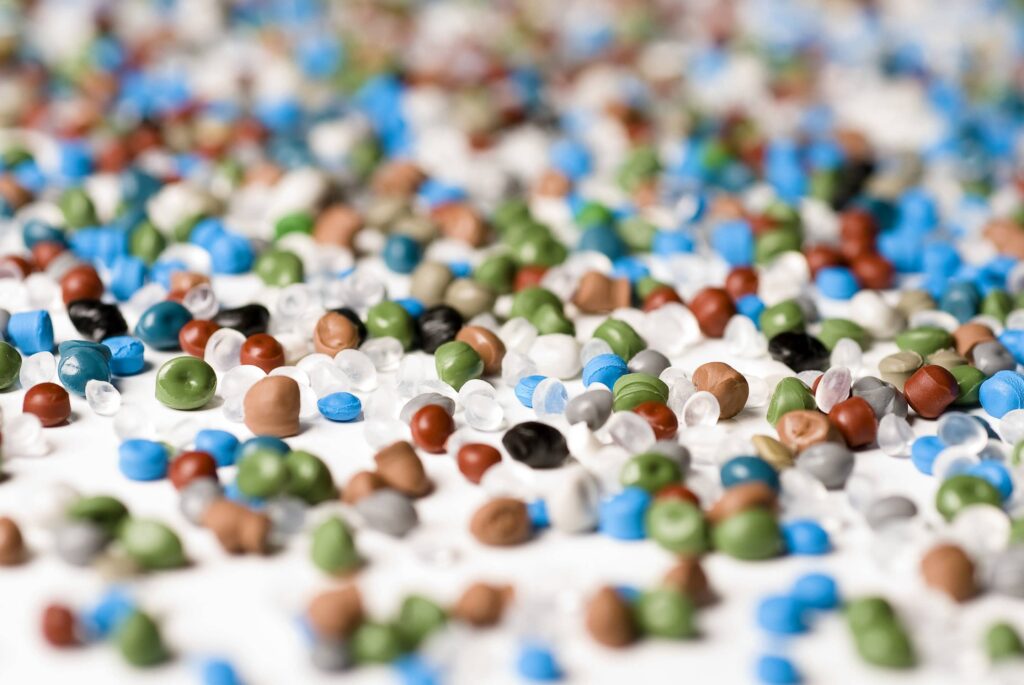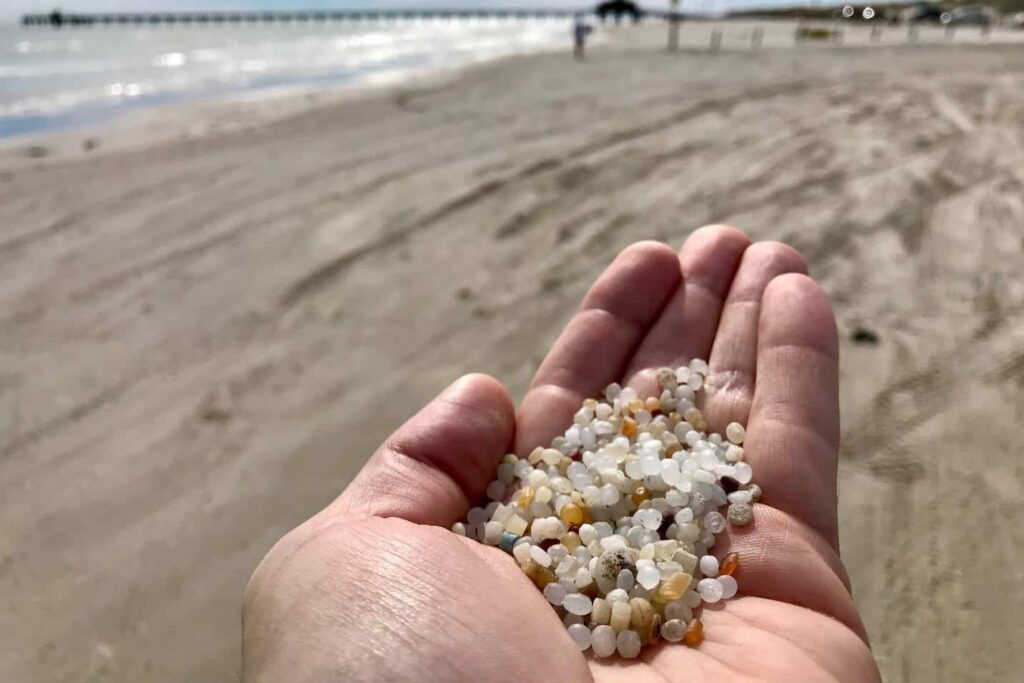There’s no denying the fact that plastic will be the key ingredient of all our grandchildren’s recipes, considering its unbridled omnipresence in our everyday lifestyle. While all of us have talked, discussed, and deliberated over excessive use of plastic in our day-to-day life as plastic bags, food containers, straws, bottles, etc. and alongside also contemplating big solutions to tackle this menace, we often overlook how plastic is devastating our lives and the environment in its micro form too. Before your brain cells shoot questions about the ABCs of this ‘teensy’ form of plastic, let’s begin with diving straight into decrypting microplastics and discovering their unapparent usage in our lives.
Microplastics are small plastic pieces or fragments which are less than 5 millimeters long. Since plastic is everywhere, a lot of it enters natural ecosystems like the oceans from a variety of sources such as industrial processes, cosmetics, clothing, etc. and breaks into tiny particles. These small plastic segments are called microplastics. Its two classifications are presently recognized: Primary and Secondary Microplastics.
Primary microplastics include any plastic fragments or particles that are already 5.0 mm in size or less before entering the environment. However, secondary microplastics arise from the breakdown of larger plastic products through natural weathering processes after they intrude on the environment. Well, today all of our focus is on primary microplastics which include microbeads and plastic pellets, also called nurdles. (Do they sound cute? Well, they are far from being even acutely cute!). Since the terms microbeads and plastic pellets are used interchangeably, let’s head towards resolving this enigma first!
Microbeads are microplastics that are intentionally designed to be small — so small that they are sometimes even difficult to see. These are used in many health and beauty products like cleansers, exfoliants, and rinse-off personal care products, such as body washes, soaps, facial scrubs, and toothpaste. On the other hand, plastic pellets (called nurdles) are a basic form of plastic raw material which are used in the manufacturing of plastic products. They are generally in the shape of a cylinder or disk and around 2-3 millimeters in size.

Composed of polyethylene, polypropylene, polystyrene, and polyvinyl chloride (which are all fossil fuels), nurdles are colloquially known as pre-production plastic pellets. They are melted down and cast into moulds to make various plastic products. Today, nurdles are rapidly degrading our oceans. Nonetheless, they are the worst hazards of all. They are posing the greatest threat of all time for humanity — let’s understand how!
Since nurdles are the obscure building block for all our plastic products, they get released into the environment after being manufactured from plastic plants and shipped around the world as raw material to myriad factories. They either sink or float, depending on the density of pellets and the salinity of the water body.
However, the problem emanates from their production stage itself. Produced in bright colours, nurdles are often easily confused for food by marine life. Fish, sea turtles, seabirds, etc., eat these pellets, filling their stomachs with plastic and eventually dying of starvation with a body filled with plastic. Consequently, this leads to bio-magnification, i.e., building up of plastic in the food chain such that it can also enter our bodies through the fish and seafood we eat, causing us a variety of problems. You will be surprised to learn that nurdles are the second-largest source of micro-pollutants in the ocean by weight, after tyre dust. An astounding 230,000 tonnes of nurdles end up in oceans every year. They also reach the land and are consumed unknowingly by wildlife.

Since nurdles are formed from fossil fuels, they are a mix of chemicals. Since they also attract hydrophobic chemical toxins and other pollutants onto their surface, they are called “toxic sponges”. These chemicals which gather on the surface of microplastics like nurdles are then consumed by marine life. Thus, being highly persistent pollutants, nurdles will continue to circulate in ocean currents and wash ashore for decades. Moreover, being distributed by wind and ocean currents to every corner of our planet, they, unfortunately, cannot be cleaned up because of their size.
Despite being one of the biggest sources of pollution in our oceans, nurdles are often overlooked. They only hit the headlines when significant spills from containers are lost at sea during transportation, even when it undeniably calls for more serious action.

Regardless of our understanding of nurdle-spills as a chronic environmental hazard, they are still neglected. Not being recognized as hazardous in the International Maritime Dangerous Goods (IMDG) Code, there is now growing urgency to prevent nurdles from escaping into the landscape. The government of Sri Lanka is one such that has demanded the IMO must classify nurdles as hazardous to help avoid future marine spillages following the country’s devastating nurdle-spill in May 2021. “Classifying nurdles as hazardous substances would ensure preventative measures such as separate storage, clear labeling, best practice handling, and emergency response protocols,” explains Tom Gammage, Ocean Campaigner at EIA.
Since microplastics such as nurdles bioaccumulate and persist for hundreds of years in the environment, causing toxicity, there is more than enough evidence to support an IMDG listing for these lentil-sized pellets and have them classified as hazardous.
Written by Aakriti Sanghi
Edited by Krish Sharma
